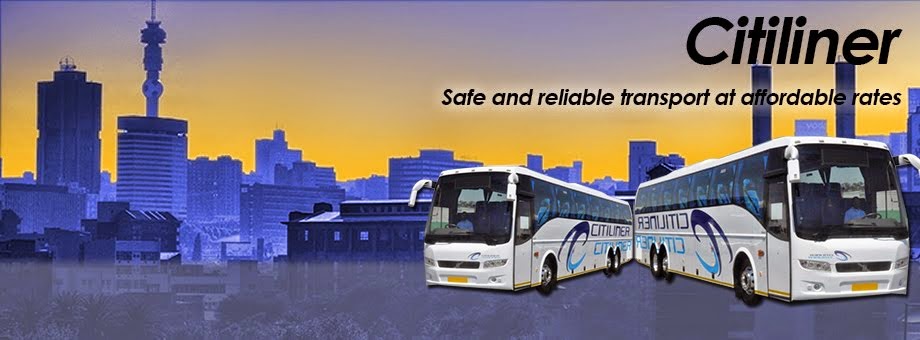When we think of tourism in Southern Africa, we tend to focus on South Africa and Mozambique since there is usually a lot of international attention on the potential of these destinations. However, just on the border of both of these countries lies a sometimes forgotten tourism gem. Zimbabwe, which sometimes garners attention for the wrong reasons, and is known worldwide for being a country that is not doing too well at the moment when it comes to the strength of its currency. Most of us don't realize just how much there is to the country in terms of its natural and cultural potential to draw in attention. Here are just five of the many great sites to visit if you’re ever thinking of exploring what Zimbabwe has to offer.
1.Victoria Falls
No trip to Zimbabwe would be complete without a trip to the iconic Victoria Falls, which is considered to be the largest waterfall in the world (in terms of combined height and width, but it is neither the highest or widest if those statistics are taken individually). At 108m high, the Falls border Zimbabwe and Zambia, and is a World Heritage Site recognized for both of its names, ‘Victoria’ and ‘Mosi-oa-Tunya’, which translates as ‘the Smoke that Thunders in the native language.
2.Hwange National Park
Nestled between the city of Bulawayo and the great Victoria Falls is Hwange National Park, the largest nature reserve in Zimbabwe, which is home to a large number of African Elephants, various species of herbivores and carnivores alike, and even hosts some of the biggest herds of Gemsbok and hyenas in the region (matched only by the Kruger National Park in South Africa). Hidden in the Park is the Bumbusi National Monument, which is a set of ruins dating back to the 18th and 19th centuries. The Bumbusi Ruins closely resemble those found at Great Zimbabwe.
3.Great Zimbabwe
The ruins at Great Zimbabwe mark some of the most historically significant cultural markers in the Southern African region. The largest ruins of its kind in the area, Great Zimbabwe was once the capital of the Kingdom of Zimbabwe, coming into prominence in the 11th century and staying in power through to the 14th century at the height of the Iron Age. The ruins of the city, which is estimated to have once housed over 16 000 people, are a UNESCO World Heritage Site, and have given their name, for the cultural significance to the country, which was renamed after Independence and was formerly known as Rhodesia. Great Zimbabwe was home to the Royal Palace of the Zimbabwean monarch, whose descendants (the Shona people) are still prominent in Zimbabwe today. The name ‘Zimbabwe’ is said to come from the Shona language, and translates as ‘venerated house’, an homage to the power and royal stature of the King.
4.Mana Pools National Park
The Mana Pools National Park is an incredible wildlife reserve, bordered to the North by the Zambezi river. The name of the park originated from the Shona word for ‘four’ (Mana), referring to the four large water holes spread across the park. The vast amount of water draws all kinds of wildlife, making it a great way to view the animals housed in the park.
5.Chimanimani Mountains
Forming part of the border between Zimbabwe and Mozambique, the Chimanimani mountains are one of the country’s most popular hiking destinations, and are popular for a number of reasons, including their vicinity to the Bride Veil Falls and the Chirinda Forest. The mountains, which are approximately 2440m high at the peak, were instrumental in the Zimbabwean Independence War, and as a result there is still danger to be found in the hidden lines laid in the mountain passes. The Chirinda forest is home to a unique 1000 year old, 70m tall red mahogany tree, aptly named ‘The Big Tree’.
